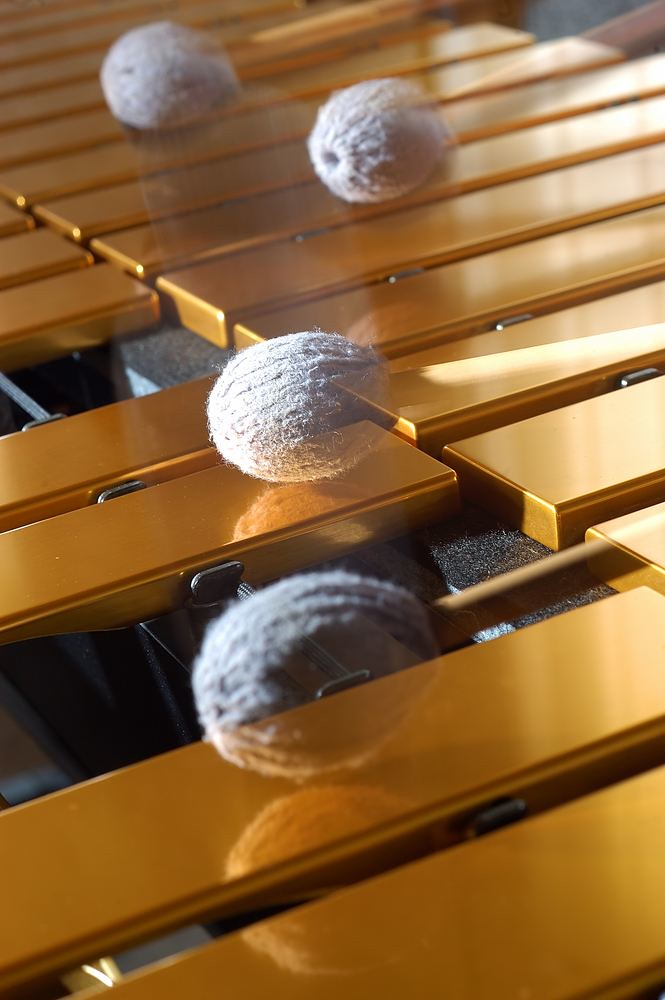
–Ivan Galamian, violin teacher
The Musician’s Way, p. 48
Of all the skills required to perform music, one of the most vital ones is also the least apparent: the ability to sense musical gestures before executing them.
That is, to play or sing a phrase fluently on stage, we have to “hear” it in our minds and perceive the sensations of executing it.
Then, if our conception is true, our sound will resonate with spirit and precision.
I call this process “feeling ahead.” But we could also label it “directing” as well as hearing, thinking, and sensing ahead.
Terms aside, because this process runs under the hood, I find that it often receives scant attention from music students as well as from many teachers.
As a result, hordes of young performers count on muscle memory rather than musical awareness, which fates them to fickle control on stage and, usually, debilitating performance anxiety.
“Hordes of young performers count on muscle memory, which fates them to fickle control on stage and, usually, debilitating performance anxiety.”
Authentic, Reliable Music Performance
To perform authentically and reliably, we have to generate musical ideas within and then be able to play or sing them as we imagine, even in high-pressure situations.
We can securely execute on stage only that which we fully sense in sound and action.
Musicians with mature practice habits and well-developed techniques achieve unity of conception and execution such that they can perform expressively with minimal effort. A light mental touch is all that’s required for them to maintain control and sculpt artistic phrases.
In contrast, when misguided students mindlessly repeat passages in practice without feeling ahead, they embed a type of rote execution that isn’t directed by their inner ear or their sense of themselves.
They may display flashes of facility in the practice room, but, owing to their incomplete learning habits, their control becomes tenuous when they perform. Added to that, their uncertainty over whether they’ll retain control triggers their nervousness.
“We can securely execute on stage only that which we fully sense in sound and action.”
Test Your Habits of Feeling Ahead
Do you consistently feel ahead as you play or sing? Here’s a way to evaluate your habits:
Part I – Execute as usual
• Select a familiar excerpt that’s 2-4 phrases in length.
• Using the score, play or sing the excerpt as you ordinarily would and observe your level of ease and security.
Part II – Image, then execute
• Review your interpretive and technical ideas for the excerpt; playfully explore new angles, notating in the score dynamics, articulations, fingerings, and such, as appropriate.
• Isolate the first phrase, and, at a moderate tempo, mentally image executing it – singers might mouth words; instrumentalists could move their fingers in the air as they vocalize without holding or touching their instruments. Image a couple of times, vividly feeling the sound and execution of upcoming note groups.
• Play or sing the phrase at a moderate tempo, moving your eyes ahead on the score and mentally sensing each note group before executing it; use the least possible effort, express the emotion in the music, and trust in your execution.
• Image, then execute each subsequent phrase. Following that, execute the entire excerpt, feeling and looking ahead as you do.
Part III – Compare
• Compare your experiences executing the complete excerpt in Part I versus Part II
• If they felt nearly identical, well done – you’ve established habits of feeling ahead.
• If your ability to execute and feel ahead improved in Part II, that probably indicates that your practice habits would benefit from some refinement such that you consistently feel ahead as you play or sing.
Strategies for feeling ahead, practicing deeply, and achieving easeful execution take center stage in The Musician’s Way.
Related posts
Awareness, focus, concentration
Dialing down the effort meter
Mental imaging
Self-evaluation: The key to artful practice
© 2010 Gerald Klickstein
Image licensed from Shutterstock

